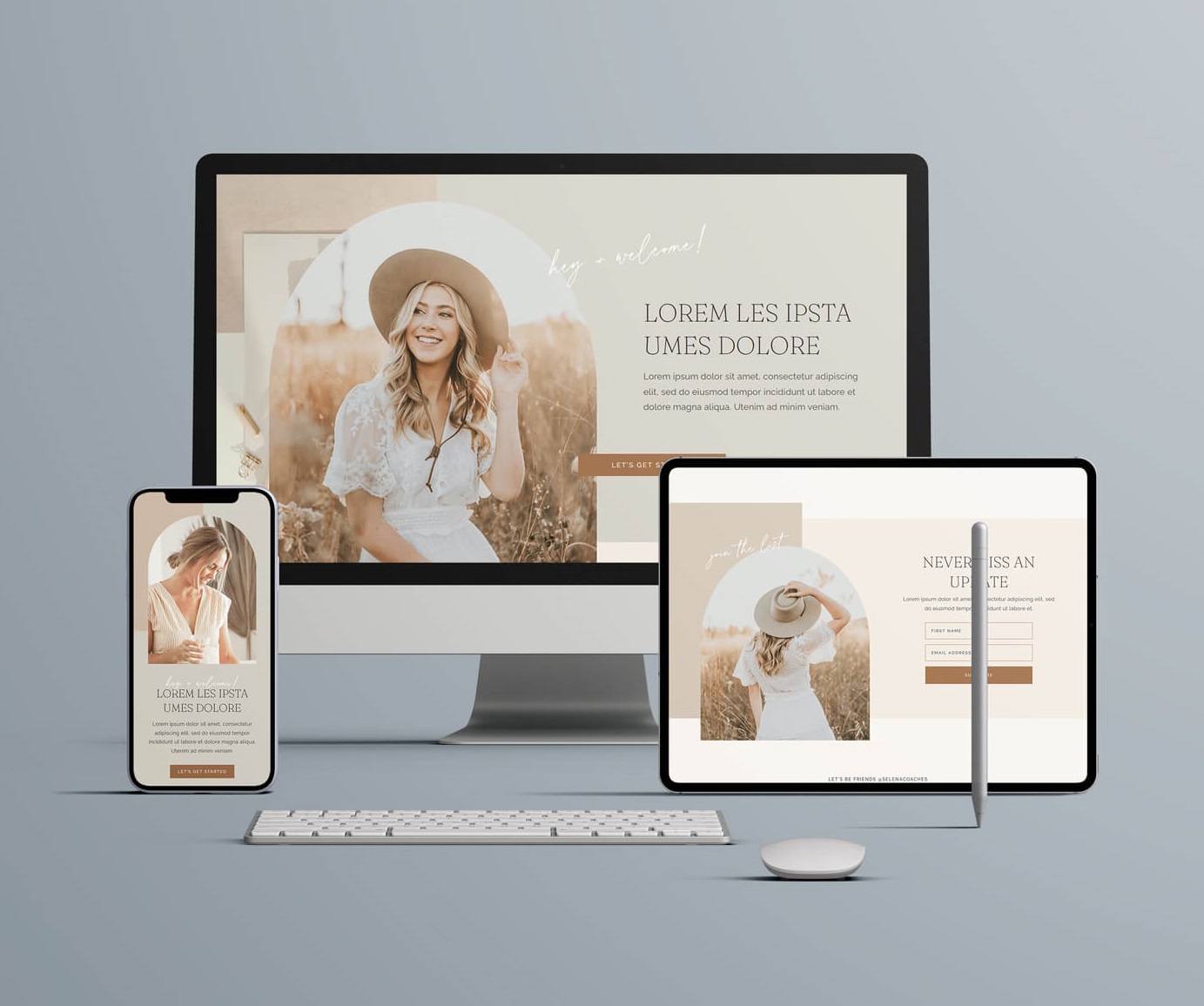How Web Design Affects User Engagement and Conversion Rates
How Web Design Affects User Engagement and Conversion Rates
Blog Article
How Effective Internet Style Can Boost Customer Experience and Conversions
In the significantly competitive digital landscape, efficient web design plays a critical duty in enhancing user experience and driving conversions. As we discover the crucial aspects that contribute to successful internet design, it comes to be noticeable that the effect on user complete satisfaction and conversion rates is extensive.
Relevance of User-Centric Style
In the world of web layout, focusing on user-centric design is paramount for creating reliable digital experiences. This method concentrates on recognizing the requirements, preferences, and behaviors of customers, making certain that digital interfaces are available and intuitive (Web design). By integrating user responses into the design procedure, web designers can craft experiences that resonate with their target audience, eventually resulting in raised involvement and complete satisfaction
User-centric style stresses usability, which is important for keeping users and decreasing bounce rates. When customers can browse an internet site easily, they are more probable to discover its material and exchange clients. A user-centered technique promotes depend on and integrity, as individuals really feel that their needs are valued and dealt with. This not just boosts their experience but likewise encourages brand loyalty.

Trick Components of Reliable Layout
Reliable format functions as the foundation of user-centric internet layout, converting individual requires right into aesthetic structures that help with interaction. An efficient design focuses on web content via a clear pecking order, leading individuals' eyes to necessary information. This pecking order is often established making use of color, size, and spacing, making sure that crucial components stick out.
An additional key component is using whitespace, which prevents congestion and boosts readability. Web design. Whitespace enables elements to take a breath, making the general style appear cleaner and easier to browse. Furthermore, uniformity in layout elements, such as typefaces and colors, fosters familiarity and depend on, allowing customers to navigate the website with higher convenience
Grid systems can additionally be vital, providing a structure that aligns content rationally and aesthetically. This positioning boosts the user experience by creating an organized visual flow. Moreover, versatility in format-- like responsive style-- ensures that sites perform well across numerous tools, satisfying varied customer choices.
Eventually, a reliable layout not just captivates individuals yet also urges them to engage more deeply, ultimately meeting and driving conversions company objectives. By concentrating on these vital components, designers can produce designs that reverberate with customers and boost their overall experience.
Navigational Finest Practices
Clear and user-friendly navigation is crucial for improving individual experience on an internet site. A well-structured navigating system allows individuals to discover info rapidly, which directly influences their complete satisfaction and probability of conversion - Web design. Carrying out an ordered structure is vital; use classifications and subcategories that rationally group related web content, making it less complicated for visitors to discover
Make certain that switches, food selections, and links keep harmony in design, shade, and positioning across all web pages, supplying individuals with a familiar structure as they navigate. Rather of generic terms, choose for clear tags that precisely reflect the material, aiding customers in making educated choices.

Mobile Responsiveness and Access

Access, on the other hand, concentrates on making web sites usable for people with specials needs. This includes sticking to guidelines such as the Internet Web Content Ease Of Access Standards (WCAG), which attend to issues like color comparison, text dimension, and keyboard navigating. By carrying out these requirements, internet designers can develop inclusive experiences that satisfy a broader target market, thus boosting user involvement and satisfaction.
Additionally, mobile responsiveness and ease of access not only enhance customer experience yet also positively effect internet search engine positions. Online search engine prioritize easily accessible and mobile-friendly websites, making them much more most likely to show up in pertinent search results page. Spending in these aspects of internet layout not only satisfies customer needs however also contributes to general company success through boosted presence and enhanced conversion rates.
Determining Success Via Analytics
Tracking individual communications and actions with analytics is crucial for analyzing the success of a website. By leveraging devices such as Google Analytics, organizations can collect important information that exposes how users involve with their site. Metrics such as bounce prices, typical session duration, and conversion prices supply insights into user actions and can highlight locations for enhancement.
Comprehending customer demographics and website traffic sources better enhances a web site's performance. This data allows internet developers to customize material and layout more tips here aspects to better satisfy the demands of their target market. In addition, tracking particular customer trips helps recognize possible bottlenecks in the conversion channel, allowing services to enhance their web design as necessary.
Regularly evaluating this analytics information is important for continual improvement. A/B screening various design components can provide concrete proof of what reverberates with customers, enabling informed decisions based on real-world performance. Ultimately, gauging success through analytics not only boosts individual experience yet also drives conversions, making certain that website design efforts straighten with organization objectives. In an electronic landscape where competitors is intense, harnessing the power of analytics is essential to preserving a effective and user-friendly site.
Verdict
In conclusion, effective internet style plays a crucial function in enhancing user experience and driving conversions. Inevitably, gauging success with analytics allows for continual enhancement, making sure that style strategies continue to be lined up with customer needs, thus fostering business growth and success.
In the increasingly affordable digital landscape, efficient internet design plays a critical function in improving user experience and driving conversions. By incorporating customer responses into the style procedure, web designers can craft experiences that resonate with their target audience, eventually leading to boosted engagement and satisfaction.
Ultimately, the importance of user-centric style exists in its capability to create read review purposeful communications that drive conversions and foster lasting connections with customers, making it a vital element of successful internet style approaches.
Ultimately, determining success with analytics not just enhances customer experience yet also drives conversions, making sure that web design efforts straighten with company goals.In final thought, effective web style plays a pivotal function in boosting customer experience and driving conversions.
Report this page